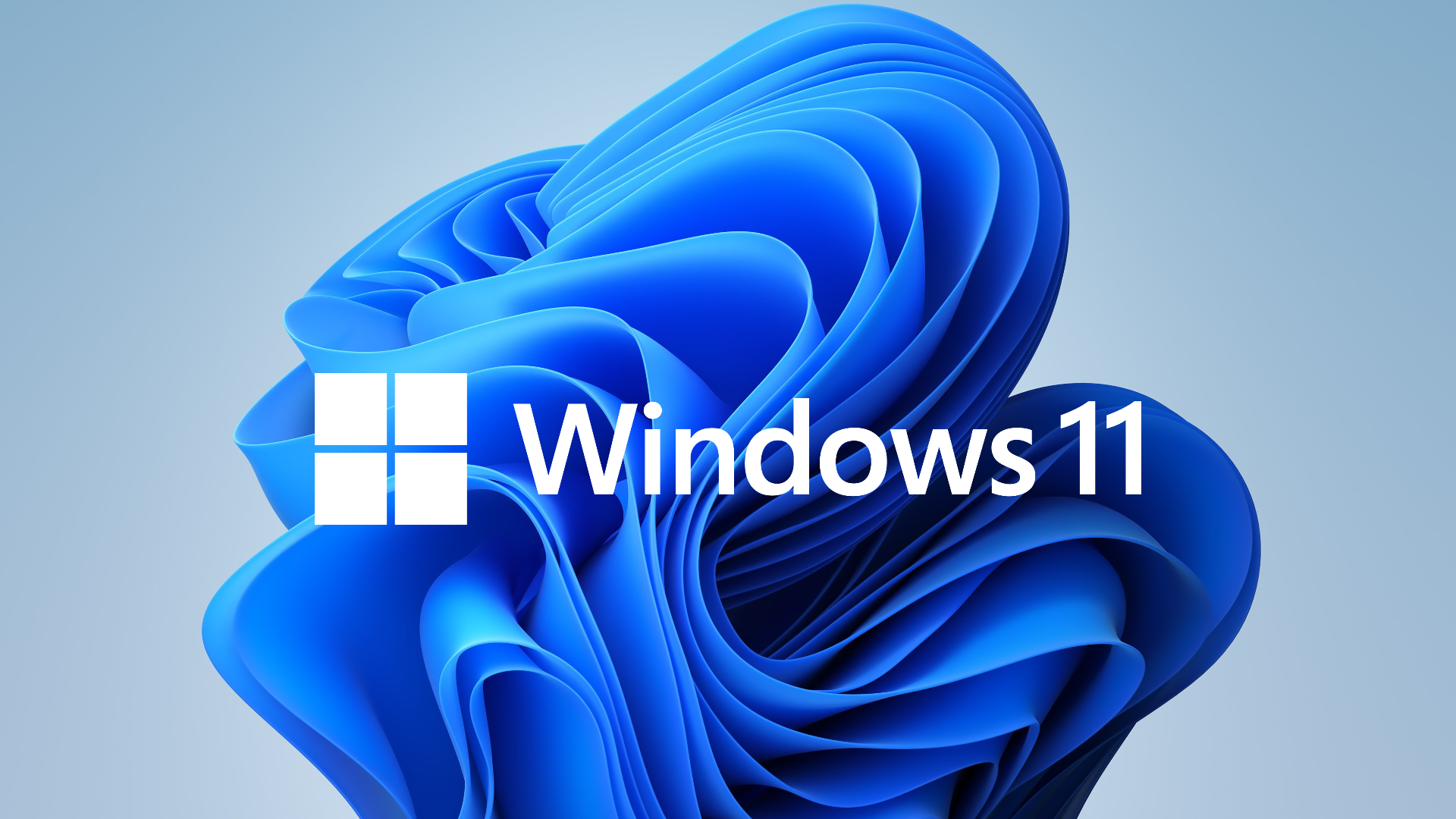You should upgrade to Windows 11 in 2026 if:
- Your hardware meets Windows 11 system requirements
- You want stronger built-in security protections
- You rely on Microsoft 365, Teams, or cloud collaboration tools
- You want to prepare ahead of Windows 10 end-of-support
You may want to wait if:
- You are running older, unsupported hardware
- You rely on legacy applications that have not been validated
- You need time for business-wide testing and rollout planning
Final Thoughts
In 2026, Windows 11 is a stable, mature operating system and the clear successor to Windows 10. While it introduces stricter requirements, it delivers major gains in security, performance, and long-term support.
Whether you are a home user, gamer, or business decision-maker evaluating Windows 11 vs Windows 10, planning your upgrade strategy now helps avoid rushed transitions and security risks later.
Windows 11 Pros and Cons (2026): Should You Upgrade Now or Wait?
In 2026, Windows 11 is no longer the “new” operating system—it is Microsoft’s primary desktop platform moving forward. With Windows 10 approaching end of support, many individuals and businesses are asking a critical question: Is Windows 11 worth upgrading to in 2026, or should you wait?
Below, we break down the current pros and cons of Windows 11, how it compares to Windows 10 today, and what factors you should consider before upgrading—especially if you’re managing business systems, older hardware, or mission-critical applications.
Benefits of Windows 11 in 2026: What’s New and Improved
- Modernized User Interface and Productivity Design
- Windows 11 features a centered Start menu, redesigned taskbar, rounded corners, and improved animations for a cleaner, more modern look.
- Snap Layouts and Snap Groups significantly improve multitasking, making it easier to manage multiple windows on large or ultrawide displays.
- Touch, pen, and hybrid-device optimization is far better than Windows 10, supporting modern laptops and tablets.
- Improved Performance and System Efficiency
- Windows 11 is optimized for newer CPUs, improving task prioritization and overall responsiveness on modern hardware.
- Battery life improvements on laptops and better memory management help reduce background resource usage.
- Faster wake-from-sleep and smoother updates reduce downtime.
- Stronger Security by Default
- Windows 11 enforces modern security standards such as TPM 2.0, Secure Boot, and virtualization-based security (VBS).
- These protections significantly reduce the risk of ransomware, credential theft, and firmware-level attacks.
- For businesses, this aligns well with zero-trust and compliance-driven security models.
- Enhanced Gaming and Graphics Capabilities
- Support for DirectX 12 Ultimate, Auto HDR, and DirectStorage delivers faster load times and better visual performance on supported hardware.
- Gamers benefit from improved GPU utilization and reduced latency.
- Deep Integration with Microsoft Cloud Tools
- Windows 11 is tightly integrated with Microsoft 365, OneDrive, and Microsoft Teams, supporting modern collaboration and remote work.
- Account syncing, cloud backup, and device management are more streamlined than in Windows 10.
Drawbacks of Windows 11 in 2026: What to Watch Out For
- Stricter Hardware Requirements
- Windows 11 requires newer CPUs (Intel 8th Gen+ or AMD Zen 2+), TPM 2.0, and Secure Boot support.
- Many older desktops and laptops—especially pre-2018 systems—are not officially supported.
- Installing Windows 11 on unsupported hardware can result in limited updates and no official support.
- Legacy Software and Hardware Compatibility
- Older applications, peripherals, and custom business software may require testing or updates before upgrading.
- Some legacy drivers and hardware devices may no longer be supported.
- Removed or Changed Features
- Certain Windows 10 features—such as Timeline and some taskbar customizations—are no longer available.
- Users heavily reliant on legacy workflows may need time to adapt.
Windows 11 vs Windows 10 in 2026: Key Differences
Windows 11 offers stronger security, better performance on modern hardware, and improved support for hybrid work environments. It is clearly designed as Microsoft’s long-term desktop platform.
Windows 10 reaches end of support on October 14, 2026. After this date, systems running Windows 10 will no longer receive security updates—making them increasingly vulnerable to cyber threats.
For businesses, remaining on Windows 10 beyond this deadline may introduce compliance, insurance, and security risks.
Should You Upgrade to Windows 11 Now or Wait?
You should upgrade to Windows 11 in 2026 if:
- Your hardware meets Windows 11 system requirements
- You want stronger built-in security protections
- You rely on Microsoft 365, Teams, or cloud collaboration tools
- You want to prepare ahead of Windows 10 end-of-support
You may want to wait if:
- You are running older, unsupported hardware
- You rely on legacy applications that have not been validated
- You need time for business-wide testing and rollout planning
Final Thoughts
In 2026, Windows 11 is a stable, mature operating system and the clear successor to Windows 10. While it introduces stricter requirements, it delivers major gains in security, performance, and long-term support.
Whether you are a home user, gamer, or business decision-maker evaluating Windows 11 vs Windows 10, planning your upgrade strategy now helps avoid rushed transitions and security risks later.
